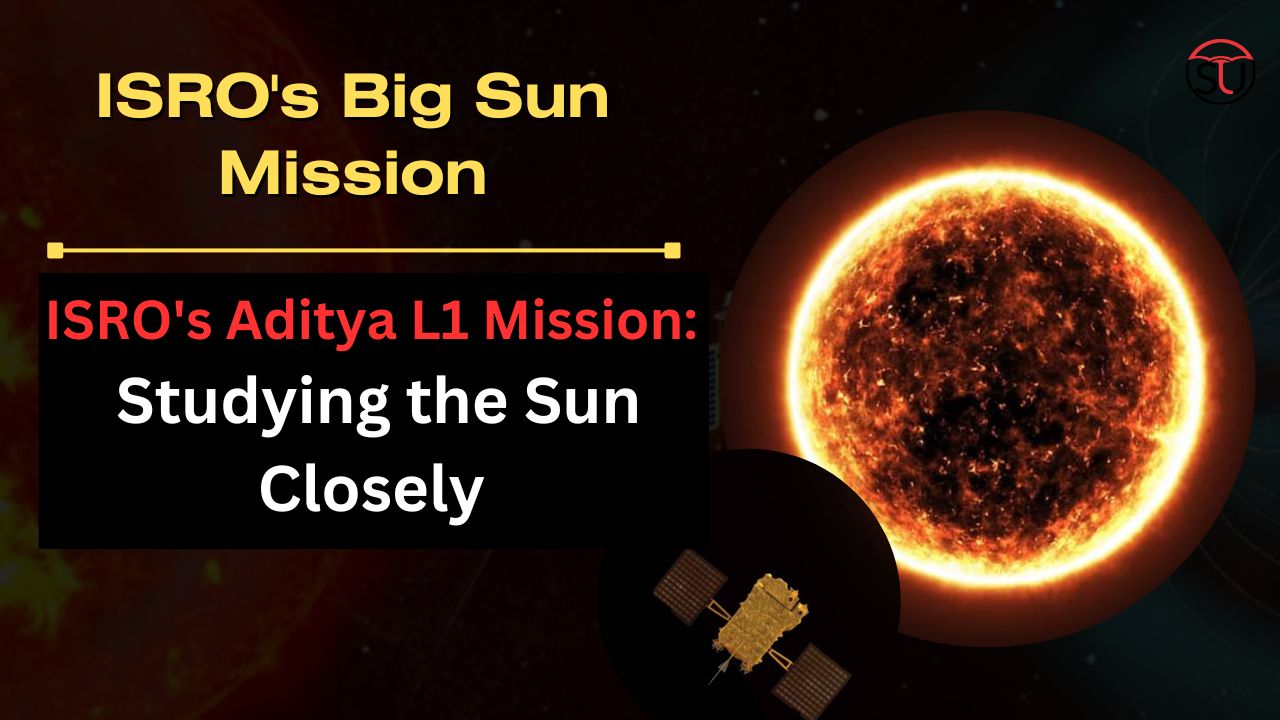After the successful landing of Chandrayaan-3 on the south pole of the Moon, ISRO today sent its first mission to study the Sun. This mission named Aditya L1 was launched at 11.50 am from the Satish Dhawan Space Center in Sriharikota (Andra pradesh) using the XL version rocket of PSLV-C57. PSLV is a four-stage rocket.
Aditya L1 successfully lifts off from SHAR #AdityaL1Launch pic.twitter.com/Za4MF8dlU6
— Out of Context ISRO (@isroprisdead) September 2, 2023
The rocket will launch Aditya L1 into an orbit of 235 x 19500 km. It will take 63 minutes 19 seconds. This spacecraft will reach Lagrange Point-1 (L1) after about 4 months. There is no effect of eclipse on this point, due to which the Sun can be easily studied from here. The estimated cost of this mission is Rs 378 crore.
Aditya L1 will reach Lagrange point (L1) in four months
Aditya Spacecraft will take about 125 days i.e., 4 months to reach L1 point. These 125 days will be completed on 3 January 2024. If the mission is successful and the Aditya spacecraft reaches Lagrangian point 1, it will be a big achievement for ISRO in the new year.
What is Lagrange Point-1 (L1)?

Lagrange points are named after Italian-French mathematician Joseph-Louis Lagrange. It is colloquially known as L1. There are five such points between the Earth and the Sun, where the gravitational force of the Sun and the Earth balances out and becomes a centrifugal force.
In such a situation, if any object is kept at this place, then it easily remains stable between the two and less energy is also required. The first Lagrange point is at a distance of 1.5 million kilometers between the Earth and the Sun.
Eclipse ineffective at L1 point, hence being sent here
Aditya spacecraft will be placed in a halo orbit between the Sun and the Earth. ISRO says that the satellite placed in the halo orbit around the L1 point can see the Sun continuously without any eclipse. With this, real time solar activities and space weather can also be monitored.
7 equipment’s installed in Aditya L1 will understand the Sun

Aditya Yan will understand the storms arising on the Sun by staying at L1 i.e. Lagrangian point of Sun-Earth. It will test the orbit around the Lagrangian point, the photosphere, the chromosphere and the outermost layer of the corona through 7 instruments from different web bands.
Aditya L1’s 7 instruments will provide information to understand coronal heating, coronal mass ejection, characteristics of preflare and flare activities, movement of particles and space weather. Aditya L-1 will study the solar corona and its heating mechanism.
7 payloads being sent with Aditya L1

Credit: Google
The names of the payloads i.e. equipments to be sent with Aditya L1 mission are- Visible Emission Line Coronagraph (VELC), Solar Ultra-Violet Imaging Telescope (SUIT), Aditya Solar Wind Particle Experiment (ASPEX), Plasma Analyzer Package for Aditya (PAPA) , Solar Low Energy X-ray Spectrometer (SoLEXS), High Energy L1 Orbiting X-ray Spectrometer (HEL1OS) and Magnetometer payloads.
- The Visible Emission Line Coronagraph (VELC) instrument will study the dynamics of the solar corona and coronal mass ejections.
- (SUIT) The Solar Ultra-Violet Imaging Telescope instrument will take pictures of the solar photosphere and chromosphere at near ultraviolet wavelengths and study changes in solar irradiance (light energy coming from the Sun to Earth).
- The Aditya Solar Wind Particle Experiment (ASPEX) and Plasma Analyzer Package for Aditya (PAPA) instruments will study the solar wind and energy particles. This payload will also study the energy distribution of these particles.
- SoLEXS: The Solar Low Energy X-ray Spectrometer and the High Energy L1 Orbiting
Aditya L1 is completely indigenously built In India

Credit: Google
According to an ISRO official, Aditya L1 is a completely indigenous effort to be made with the participation of the country’s institutions. The Indian Institute of Astrophysics (IIA) Visible Emission Line Coronagraph in Bangalore created its payloads. While the Inter-University Center for Astronomy and Astrophysics Pune has developed the Solar Ultraviolet Imager payload for the mission.
Also Read: Explore Rajasthan Beauty: Must-See Places Beyond Jaipur, Udaipur, Ajmer, and Pushkar!



